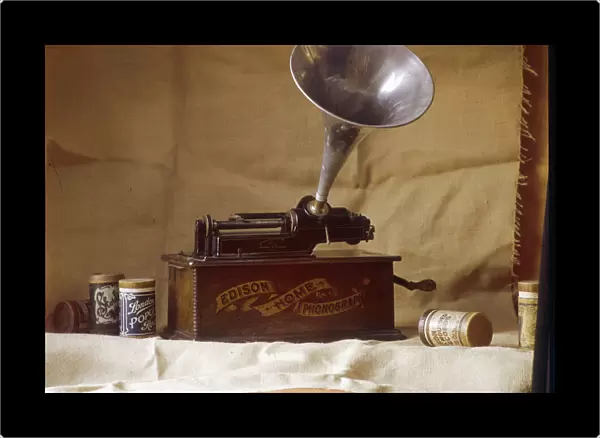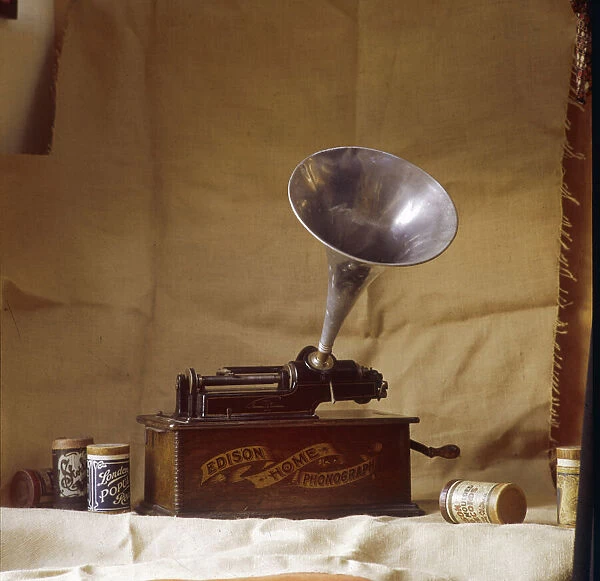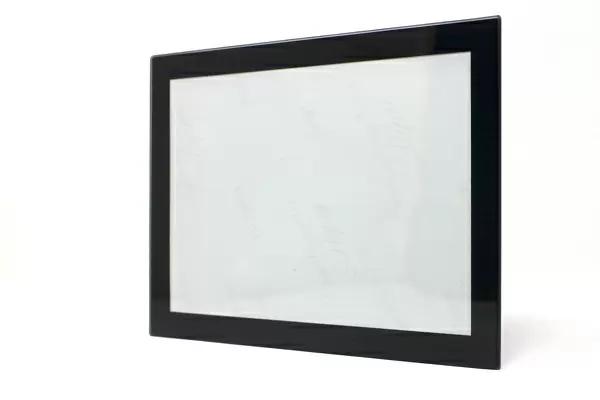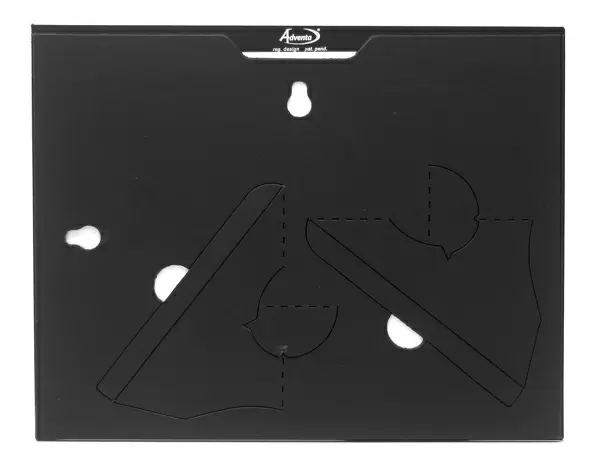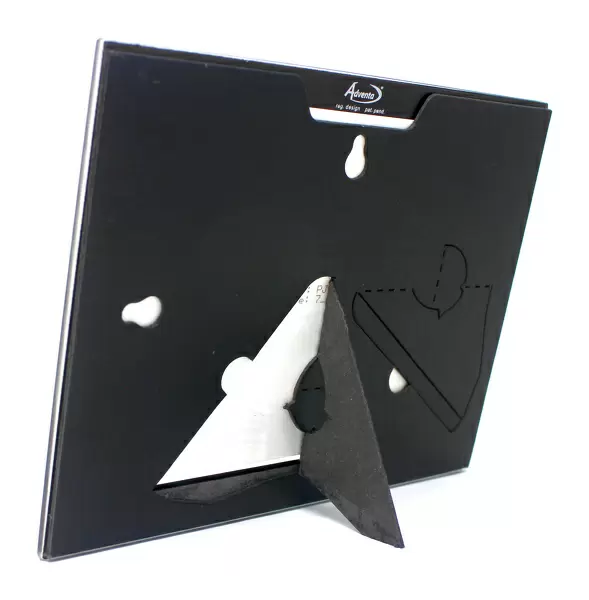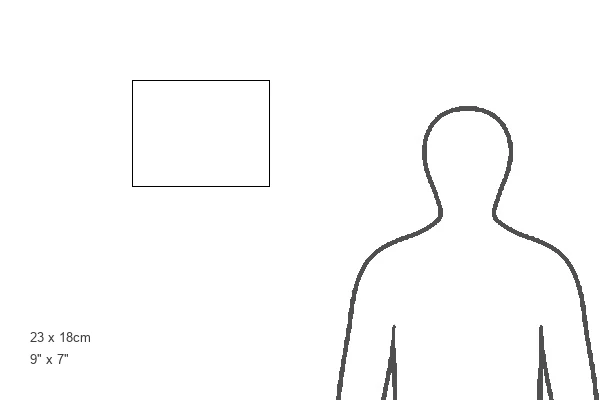Glass Frame : Edison Phonograph
![]()

Mounted Prints from Mary Evans Picture Library
Edison Phonograph
An early Edison phonograph, using grooved wax cylinders, shown beside the instrument
Mary Evans Picture Library makes available wonderful images created for people to enjoy over the centuries
Media ID 582277
© Mary Evans Picture Library 2015 - https://copyrighthub.org/s0/hub1/creation/maryevans/MaryEvansPictureID/10029406
Cylinders Edison Gramophones Instrument Phonograph Shown Grooved
8"x6" Glass Mount
Wall mounted or free-standing, these black edged glass frames feature a smooth chamfered edge and a stylish black border (on back face of the glass). Manufactured from 4mm thick glass, Glass Mounts are a durable, professional way of displaying and protecting your prints. Your 8x6 print is slotted into the back of the frame so can easily be changed if needed.
Tempered Glass Mounts are ideal for wall display, plus the smaller sizes can also be used free-standing via an integral stand
Estimated Image Size (if not cropped) is 20.3cm x 15.2cm (8" x 6")
Estimated Product Size is 22.8cm x 17.7cm (9" x 7")
These are individually made so all sizes are approximate
Artwork printed orientated as per the preview above, with landscape (horizontal) orientation to match the source image.
EDITORS COMMENTS
This image transports us back to the early 20th century, showcasing an intriguing artifact from the dawn of sound recording technology: an early Edison Phonograph with grooved wax cylinders. The Edison Phonograph, a precursor to the gramophone, revolutionized the way people listened to music and preserved sound. Thomas Alva Edison, the brilliant inventor, is credited with developing this groundbreaking device in 1877. The phonograph, as it was originally called, used a stylus to trace sound vibrations onto tinfoil or, later, wax cylinders. This image reveals an example of the latter, which was introduced in the late 1880s and remained in use until the rise of flat disc records in the late 1910s. The Edison Phonograph was a marvel of engineering, allowing users to both record and reproduce sound. The cylinder, placed on the turntable, was coated with a thin layer of wax. As the cylinder rotated, the diaphragm, connected to the stylus, would vibrate, transferring the sound onto the cylinder. To listen, the process was reversed, and the stylus would read the grooves, causing the diaphragm to vibrate and produce sound. This historical photograph is a testament to the ingenuity and curiosity of the past. The Edison Phonograph marked the beginning of a new era in sound recording and played a significant role in shaping the way we experience music today. Its simple yet innovative design continues to captivate us, making it an essential piece of history worth celebrating.
MADE IN THE UK
Safe Shipping with 30 Day Money Back Guarantee
FREE PERSONALISATION*
We are proud to offer a range of customisation features including Personalised Captions, Color Filters and Picture Zoom Tools
SECURE PAYMENTS
We happily accept a wide range of payment options so you can pay for the things you need in the way that is most convenient for you
* Options may vary by product and licensing agreement. Zoomed Pictures can be adjusted in the Basket.

